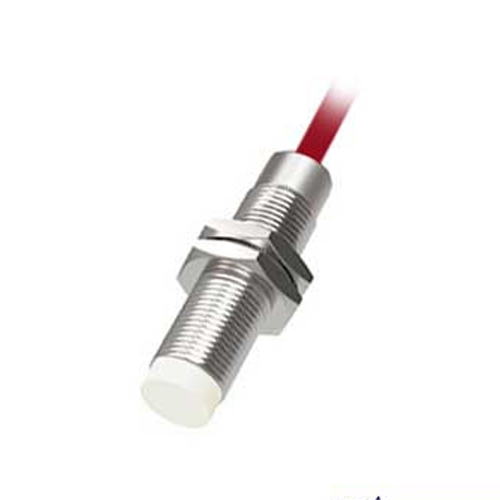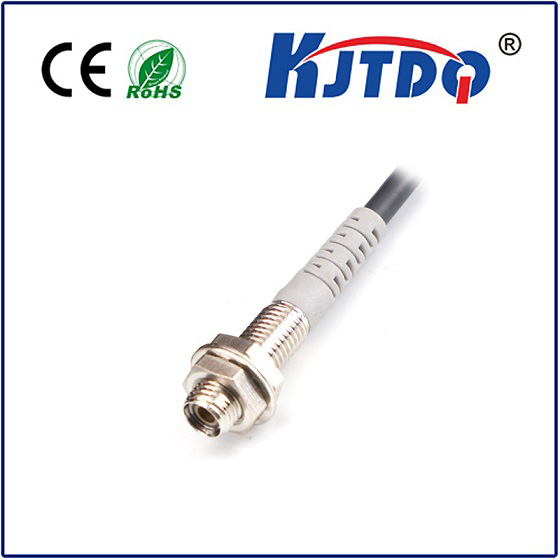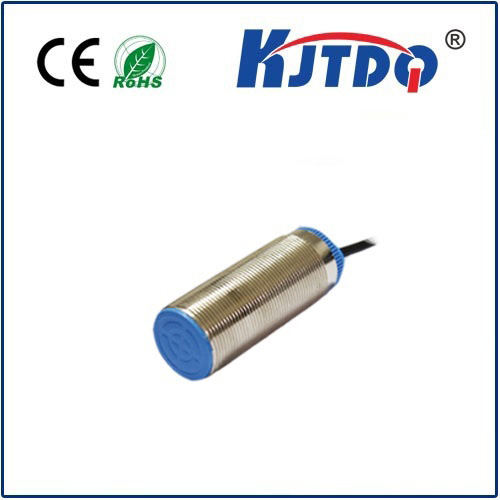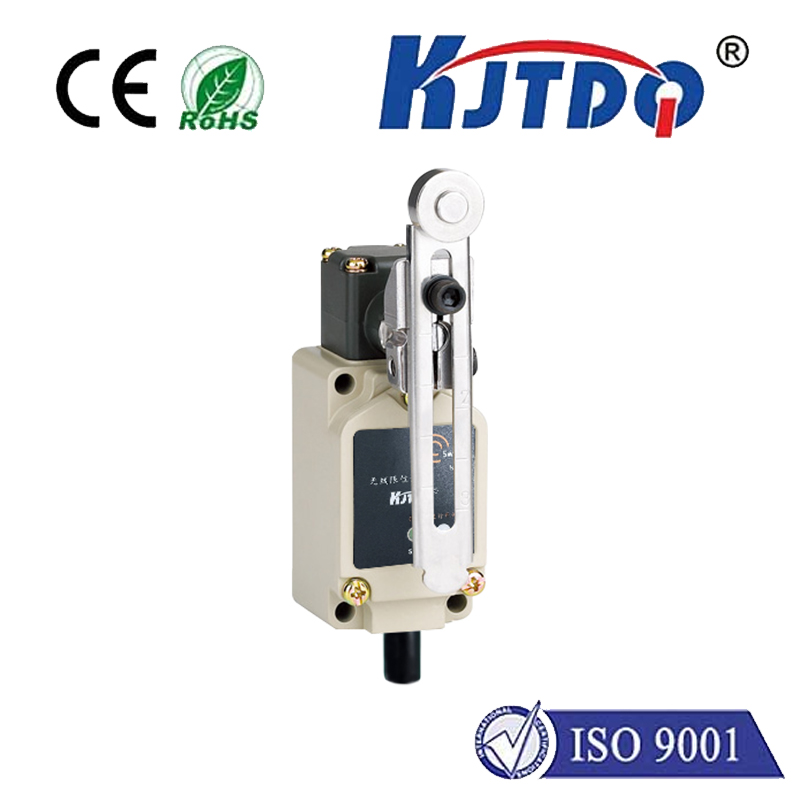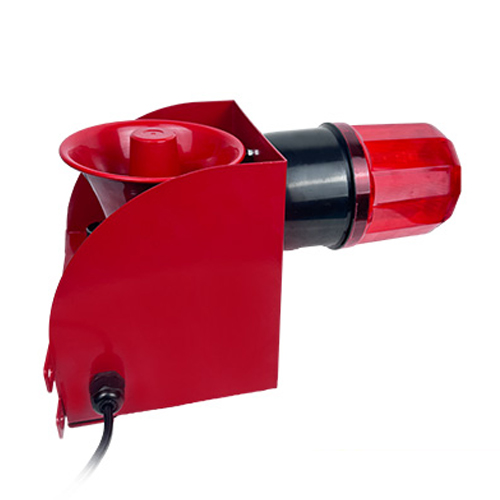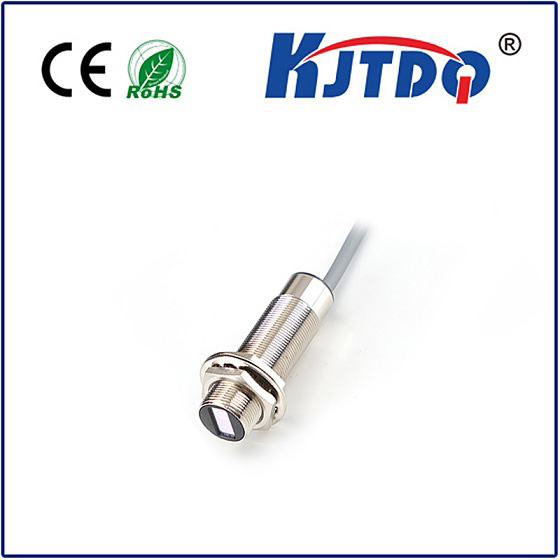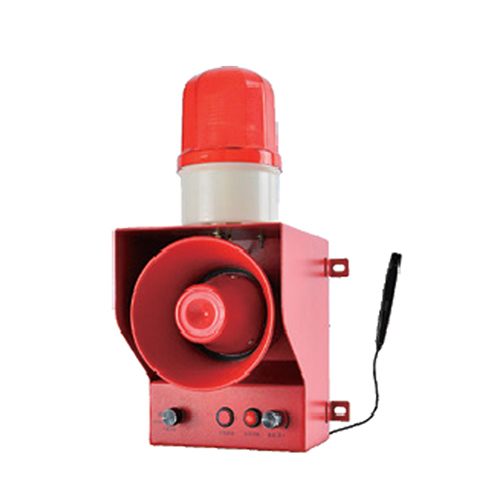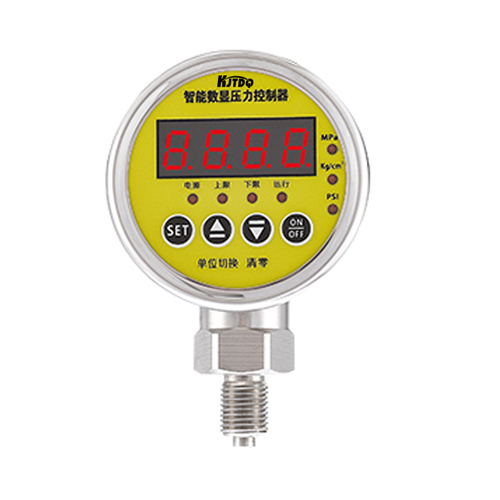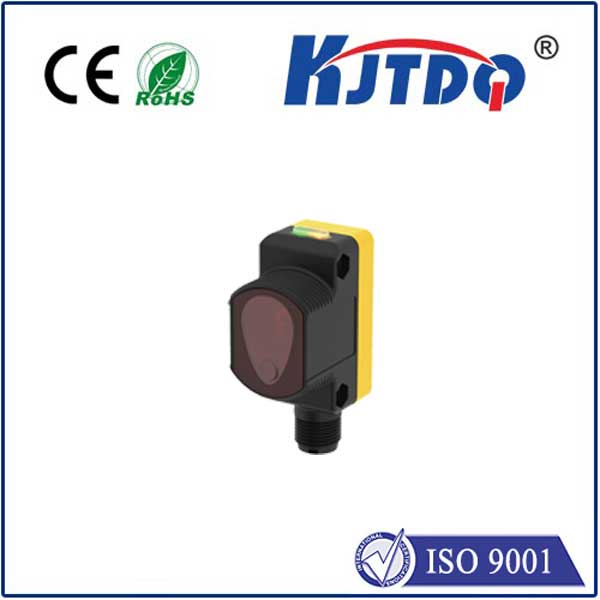proximity sensor ac
- time:2025-06-23 15:44:10
- Click:0
Proximity Sensing in AC: The Smart, Efficient, and Hygienic Future of Cooling
Imagine your air conditioner intuitively understanding your presence and adjusting itself perfectly – saving energy without you lifting a finger, maintaining impeccable hygiene, and offering seamless control. This isn’t science fiction; it’s the transformative reality brought by integrating proximity sensors into air conditioning (AC) systems. These unassuming electronic components are quietly revolutionizing how we interact with and benefit from climate control, making smart AC a tangible, intelligent convenience.
Understanding the Proximity Sensor: The Eyes (and Ears) of Smart AC
At its core, a proximity sensor is a device capable of detecting the presence, absence, or distance of nearby objects without physical contact. Common types used in AC applications include:
- Infrared (IR) Sensors: Detect heat signatures (like body heat) or motion within their field of view. Excellent for occupancy detection.
- Ultrasonic Sensors: Emit high-frequency sound waves and measure the echo’s return time to calculate distance. Effective for detecting objects regardless of material, ideal for wider coverage areas.
- Capacitive Sensors: Detect changes in an electrical field caused by conductive objects (like a human body). Common in touchless control panels.
When embedded within an AC unit or its remote control, these sensors become the foundation for intelligent, responsive operation.

Key Applications Driving the Evolution of Proximity Sensor AC
The integration of proximity technology unlocks a suite of compelling features that elevate the standard AC experience:
- Intelligent Auto-Shutoff & Restart: Perhaps the most impactful application for energy efficiency. Using IR or ultrasonic sensors, the AC continuously monitors the room for occupants. If no presence is detected for a predetermined period (e.g., 15-30 minutes), the system can automatically switch to a low-power standby mode or shut down entirely. Upon sensing someone returning, it seamlessly powers back on, restoring the desired temperature. This dramatically reduces wasted energy cooling empty rooms.
- Effortless Touchless Control: Capacitive proximity sensors integrated into the AC unit’s display panel or a dedicated remote allow users to navigate menus, adjust temperature, fan speed, or modes with simple hand gestures. A wave of the hand wakes the display; hovering near icons selects them. This is not only convenient but also significantly enhances hygiene, minimizing the spread of germs via shared surfaces – a crucial feature in homes, offices, and public spaces alike.
- Advanced Directional Airflow (Air Swing Optimization): Sophisticated systems use sensor arrays to detect occupant locations. The AC can then automatically direct airflow away from people to avoid discomfort (“cold drafts”) or intelligently towards them for faster localized cooling. This dynamic adjustment ensures optimal comfort distribution while maximizing efficiency.
- Enhanced Safety & Anti-Theft: Sensors can detect unexpected proximity to the outdoor unit, triggering alerts or deterrents. Indoor units equipped with sensors could also activate alarms if tampering is detected when the system is supposed to be unoccupied.
- Presence-Based Air Quality Management: Integrating proximity data with air quality sensors allows the system to prioritize air purification or ventilation cycles only when occupants are detected, optimizing filter life and energy use associated with these features.
Tangible Benefits: Why Proximity Sensors Elevate AC Performance
The move towards proximity sensor AC isn’t just about adding gadgets; it delivers measurable advantages:
- Substantial Energy Savings: Automatic shutoff in unoccupied rooms is arguably the single biggest contributor to reducing electricity consumption. Eliminating phantom cooling can lead to significant reductions in utility bills over time, making these units more environmentally friendly and cost-effective long-term.
- Unmatched Convenience & User Experience: Touchless controls offer a modern, effortless interaction. Auto-restart means returning to comfort instantly without searching for the remote. Smart features work silently in the background, enhancing comfort without user intervention.
- Hygienic Operation: Minimizing physical contact points is a major health benefit, particularly in shared environments like offices, hotels, or clinics. Touchless interfaces significantly reduce the potential for germ transmission via control surfaces.
- Enhanced Comfort: Intelligent air swing ensures even, draft-free cooling tailored to room occupancy, preventing the common annoyance of being directly blasted by cold air.
The Future is Closer Than You Think
Proximity sensor technology in AC is rapidly evolving. We’re moving towards systems that use multiple sensor types for redundancy and richer data. Integration with broader smart home ecosystems allows proximity data to inform other devices – imagine lights dimming and your smart AC switching to away mode as the last person leaves a room.
Furthermore, the potential for pairing proximity sensing with simple machine learning algorithms is exciting. Systems could learn typical occupancy patterns (e.g., empty during work hours), further optimizing start/stop timing and conserving even more energy by anticipating absence rather than just reacting to it.
Embracing the Smart Cooling Revolution
The integration of proximity sensor technology marks a significant leap forward for air conditioning. Moving beyond basic timers and remote controls, it introduces a layer of intelligence that prioritizes efficiency, hygiene, and personalized comfort in a fundamentally new way. Whether driven by the desire to lower energy bills, enhance convenience, or maintain a cleaner environment, proximity sensing is undeniably shaping the future of smart, responsive climate control. As these features become more accessible and refined, they are set to transform our expectation of what a truly intelligent AC unit can achieve.






